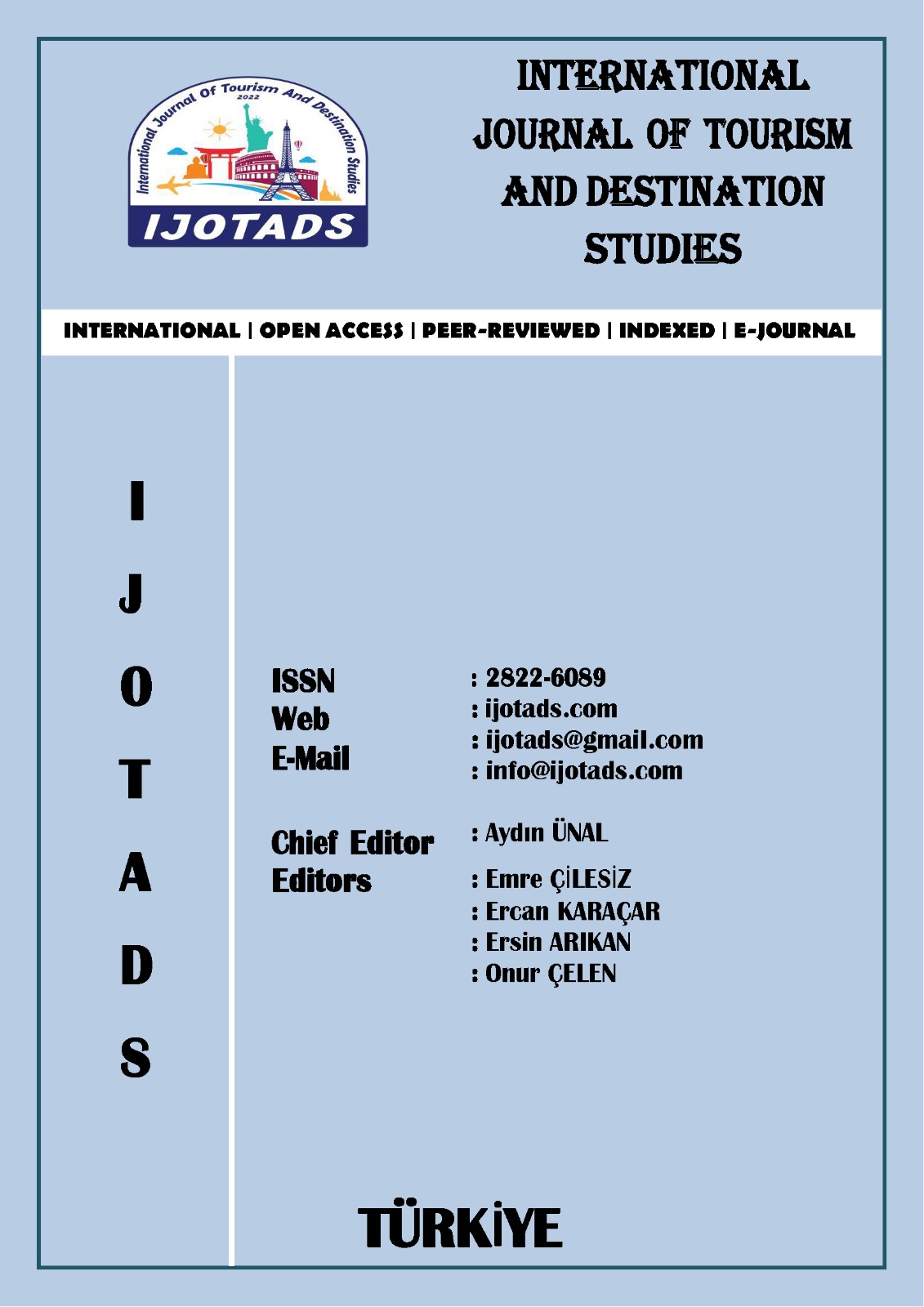Author :
Abstract
İnsanın yaşamındaki geçiş dönemlerinin sonuncusu olan ölüm, vücut organlarının biyolojik fonksiyonlarını kaybetmesi sonucu insan hayatının sona ermesidir. Geçiş dönemlerinin sonuncusu olan bu olay insan için acı verici bir olaydır. Bu araştırma, Kırgızistan’ın farklı bölgelerindeki geçiş döneminin son aşaması olan ölüm sürecindeki mutfak kültürünü ve mutfak deneyimlerini tespit etmek, unutulmaya yüz tutan gelenekleri ortaya çıkarmak ve yaygınlaştırmak hedeflenmektedir. Ayrıca, bu geleneklerin uygulamalarını topluma yaymak, mevcut bilgilerle birleştirerek yazılı kaynak haline getirmek ve böylece gelecek nesillere aktarılması hedeflenmiştir. Araştırmada, nitel veri toplama yöntemlerinden biri olan görüşme yöntemi kullanılmıştır. Araştırmanın amacına uygun olarak, önceki çalışmalardan derlenen yarı yapılandırılmış mülakat formu, nitelikli kişiler arasından gönüllü olarak katılmak isteyen 29 kişiye uygulanmıştır. Araştırma sonucunda elde edilen veriler kodlanarak derlenmiş ve Kırgı halkında ölüm sonrasında yemek ritüelleri tespit edilmiştir. Bu ritüellerin ve yemek kültürünün devam etmesi ve unutulmaması için önerilerde bulunulmuştur.
Keywords
Abstract
The last transition period in a person’s life, death, is the end of human life resulting from the loss of biological functions of the body’s organs. This event, which is the last of the transition periods, is a painful experience for humans. This study aims to identify the culinary culture and kitchen experiences associated with the final stage of the transition period, death, in different regions of Kyrgyzstan, uncover traditions that are on the verge of being forgotten, and promote their dissemination. Additionally, it seeks to spread the practice of these traditions within the community, compile existing knowledge into written sources, and thus ensure their transmission to future generations. In the study, the interview method, one of the qualitative data collection techniques, was used. In line with the research objective, a semi-structured interview form compiled from previous studies was applied to 29 volunteers selected from among qualified individuals. The data obtained as a result of the research were coded and compiled, and post-mortem food rituals among the Kyrgyz people were identified. Recommendations were made to ensure the continuation and preservation of these rituals and food culture.





